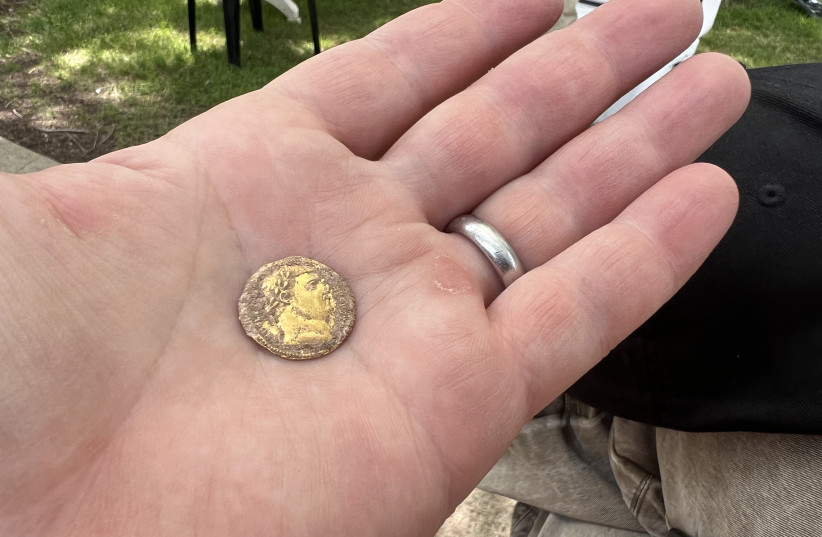A year-long study of the drainage system under the Colosseum has unearthed fragments of the bones of bears and big cats that were probably used to fight or as prey in hunting games in the ancient Roman arena, archaeologists said on Thursday.
Other discoveries include more than 50 bronze coins from the late Roman period as well as a silver coin from around 170-171 AD to commemorate 10 years of rule of the emperor Marcus Aurelius, they added in a statement.
Seeds from fruits such as figs, grapes and melons as well as traces of olives and nuts -- thought to indicate what spectators snacked on during shows -- were also recovered from the 2,000-year-old stone amphitheater.
The discoveries "deepen our understanding of the experience and habits of those who came to this place."
Alfonsina Russo
Discoveries shed light on the Colosseum's later years
The study, which began in January, involved the clearance of around 70 meters of drains and sewers under the Colosseum and is seen as shedding light on its later years before it fell into disuse around 523 AD.
Alfonsina Russo, Director of the Colosseum Archaeological Park, said the discoveries "deepen our understanding of the experience and habits of those who came to this place during the long days dedicated to the performances."

